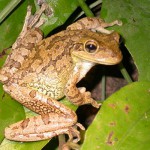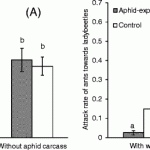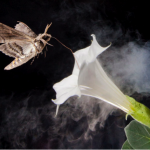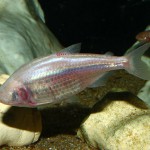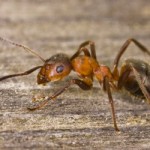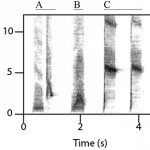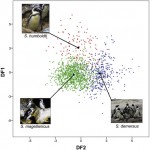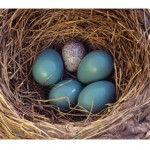This gallery contains 3 photos.
An invasive species can create havoc in an environment and are one of the leading threats to native wildlife. They grow and reproduce quickly and often negatively impact the ecosystem through direct threats such as predation, out-competing native species for … Continue reading

